Can This Really Lower Injury Risk by 50%?
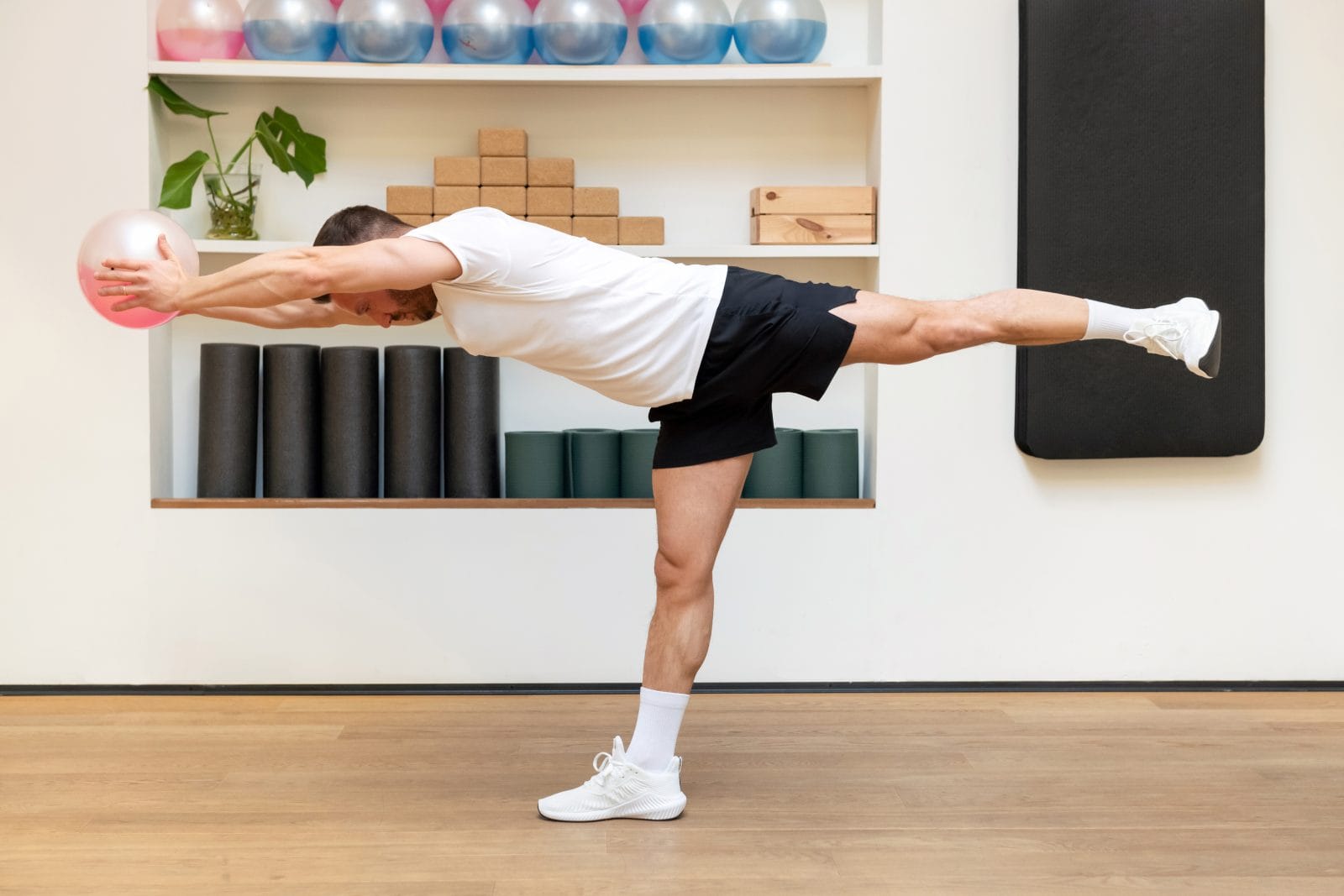
I am a physical therapist, injury rehabilitation is my specialty. I love the rehabilitation process, as complex as it may be. As I have discussed in my previous blog posts, 100% injury prevention is impossible to achieve. But, there are definitive ways to lower that risk and today we dive into that. On my free time, I love to review scientific journals to continue my education and provide value to our followers. As a health professional, I am always on the hunt for the latest education on how my patients can improve faster, better, and stronger. Today, we dive into a recent scientific journal article that caught my attention and may be of benefit to you all.
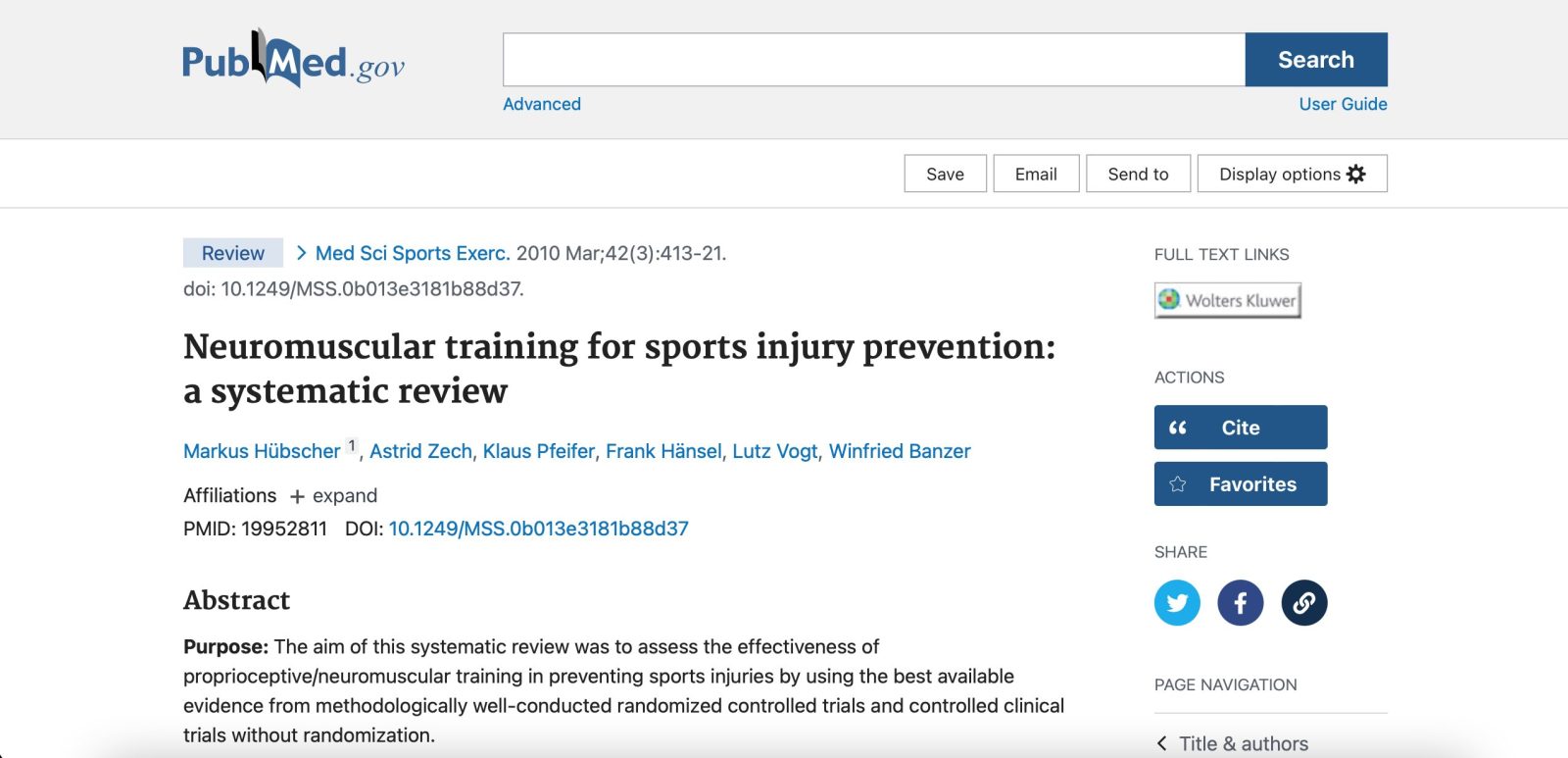
Title: Neuromuscular training for sports injury prevention: a systematic review
Authors: 3 Universities across Germany
Goal: To find the effectiveness of proprioceptive (PT) and neuromuscular (NM) exercises in the prevention of sports related injuries
Articles: (7) Randomized Control Trials were chosen in this Systematic Review (The highest quality of scientific journal articles)
Participant Countries: Canada/ Norway/ Finland/ USA
Average Sample Size: N = 1078 participants (Ranging 114-2020)
Ages of Participants: 12-24 year old identifying as athletes
Activity of Participants: Regularly engaged in organized sports (School/ Club) including:
- Basketball
- Volleyball
- Soccer
- Handball
- Hockey
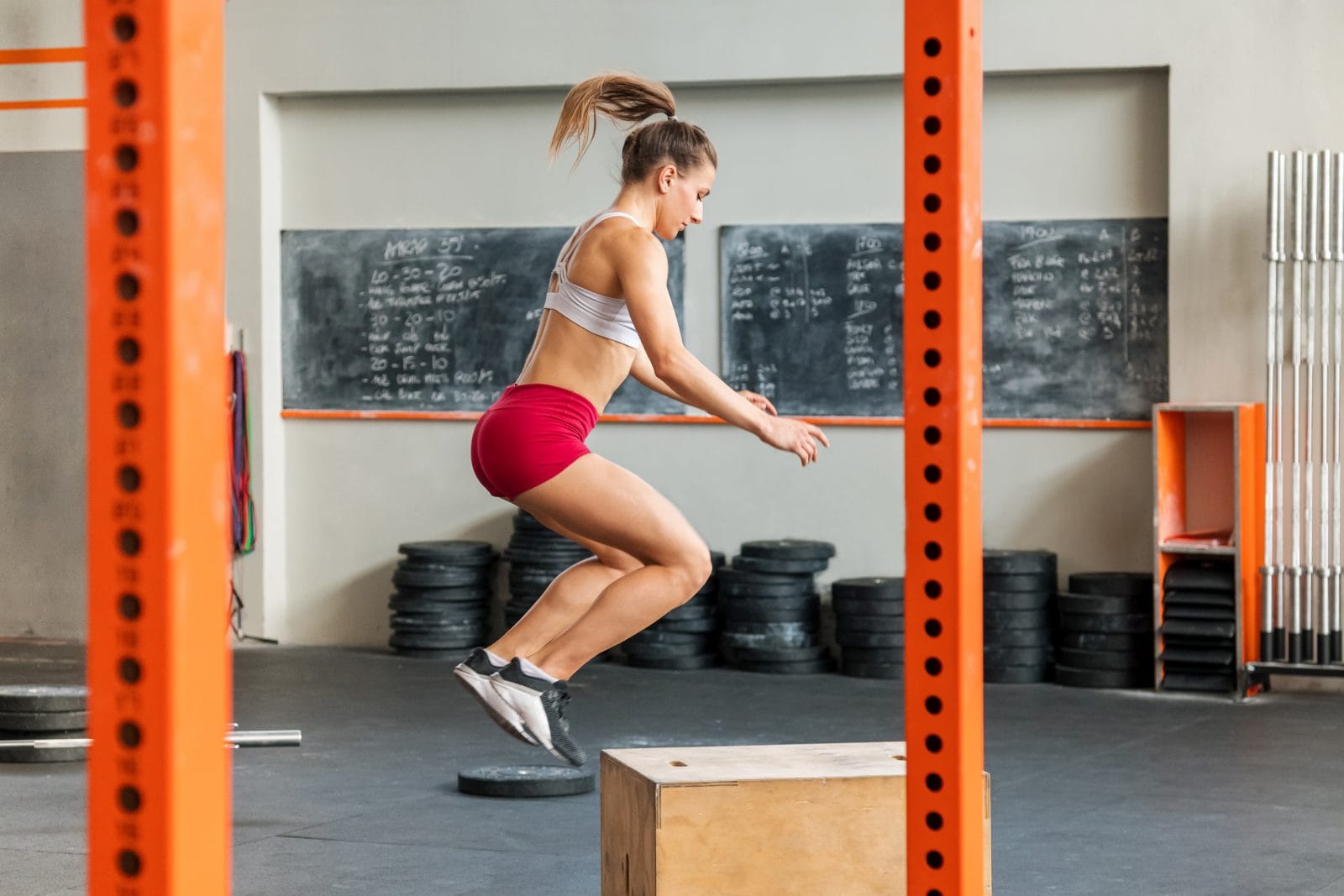
Interventions (Performed in conjunction to their regular sport):
(3) Studies included ‘Balance Training’
(4) Studies included Multi-Intervention Training Including:
- Balance
- Agility
- Stretching
- Plyometrics
- Running
- Cutting
- Landing training
- Strength training
Frequency range of intervention (7) studies:
- 1-7 sessions per week
- 3-12 months
- Pre-season/ In-season
- Warm-up/ Practice/ or Both
- 5-30 minute sessions
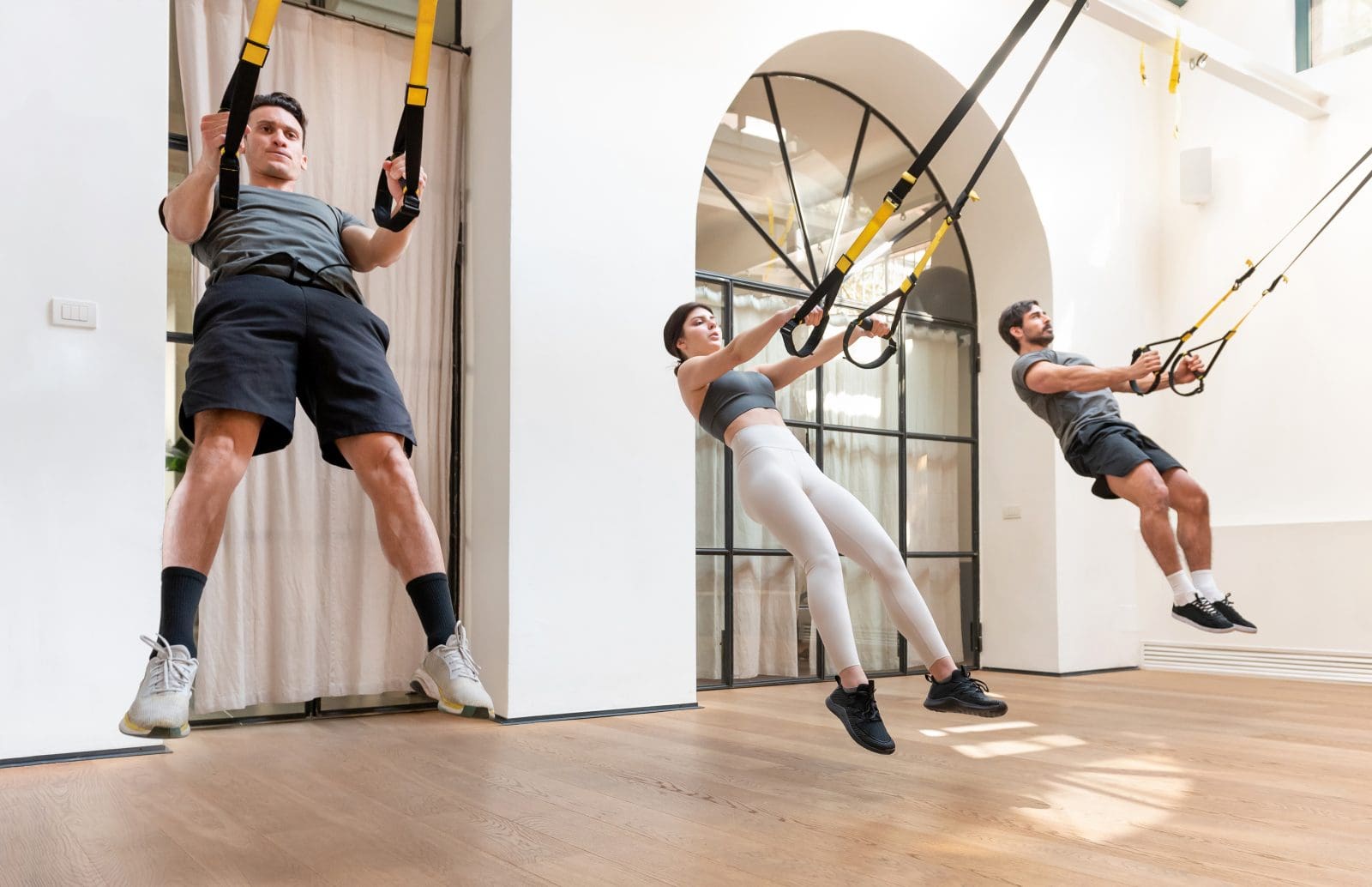
Results:
Balance Training
- Significant lower incidence of all sports injuries in intervention group
- Specifically participants with previous injuries
- A reduction in ankle injuries produced a significant reduction of up to 36%
Multi-Intervention
- Demonstrated significantly fewer injured athletes specifically lower limbs/ acute knee/ and upper limbs
- Lower limbs – 39% reduction
- Acute knee injuries – 54% reduction
- Ankle Sprains – 50%
Conclusion (What should you do):
The presumed conclusion from the authors were as follows:
- At least 10 minute per session
- Greater than 1 session per week (Average was 3)
- Train consistently for at least 3 months
The moral of this study was that participants in the multi-disciplinary group had significant reduction in injuries. There is no way to say ‘exactly’ what works and what does not. What we can dissect from this is that a multi-disciplinary approach to training off-season/ in-season will help reduce your risk of injury. This could range from the following:
- Yoga
- Strength training (Single leg strength/ Balance/ Perturbations)
- Skateboarding
- Plyometrics
- Balance Board
- Running/ Cutting
- Trampolines
- Etc.

Article Limitations
- The training extent remains unclear as the frequency in 7 studies was so variable.
- There may have been bias introduced due to the size of the studies and inability to follow each athlete closely.
- The ages of the athletes are difficult to translate to middle adult and may/ or may not have similar benefits
- Follow up was challenging with athletes as some studies ran for 12 months
- We also need to take into account other factors including stress/ diet/ genetics/ intensity/ age/ sex/ etc.
Try these out with the above consistency and see if it helps your injury prevention so you can keep riding longer.
Go get em’
Reference
Hübscher M, Zech A, Pfeifer K, Hänsel F, Vogt L, Banzer W. Neuromuscular training for sports injury prevention: a systematic review. Med Sci Sports Exerc. 2010 Mar;42(3):413-21. doi: 10.1249/MSS.0b013e3181b88d37. PMID: 19952811.



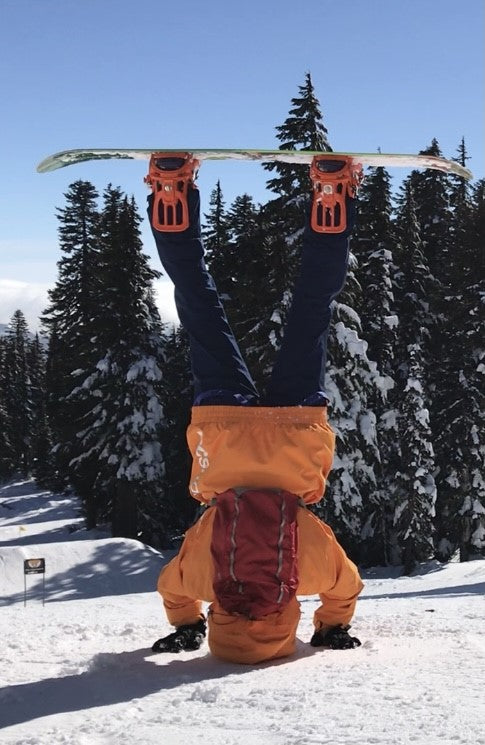
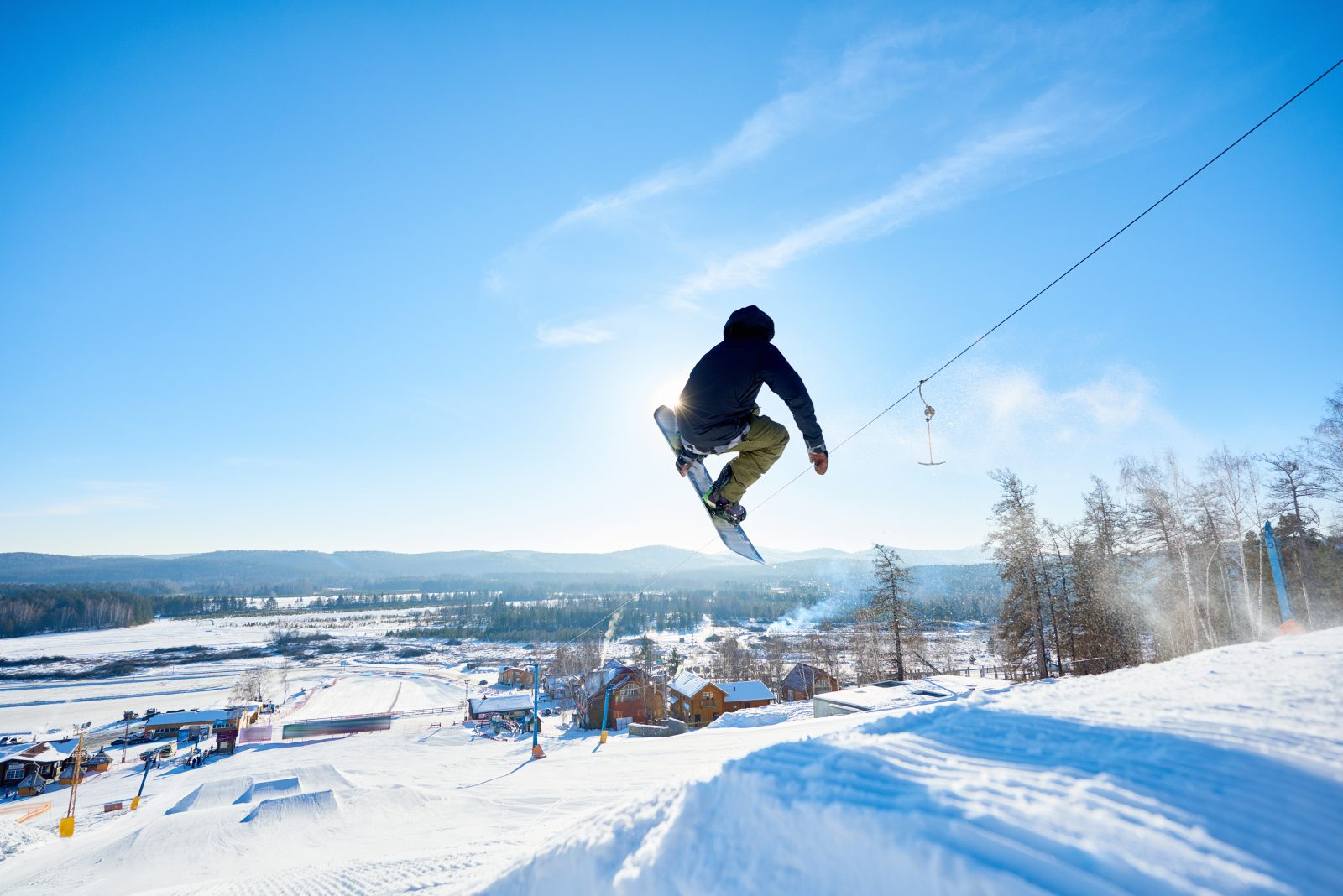

Responses